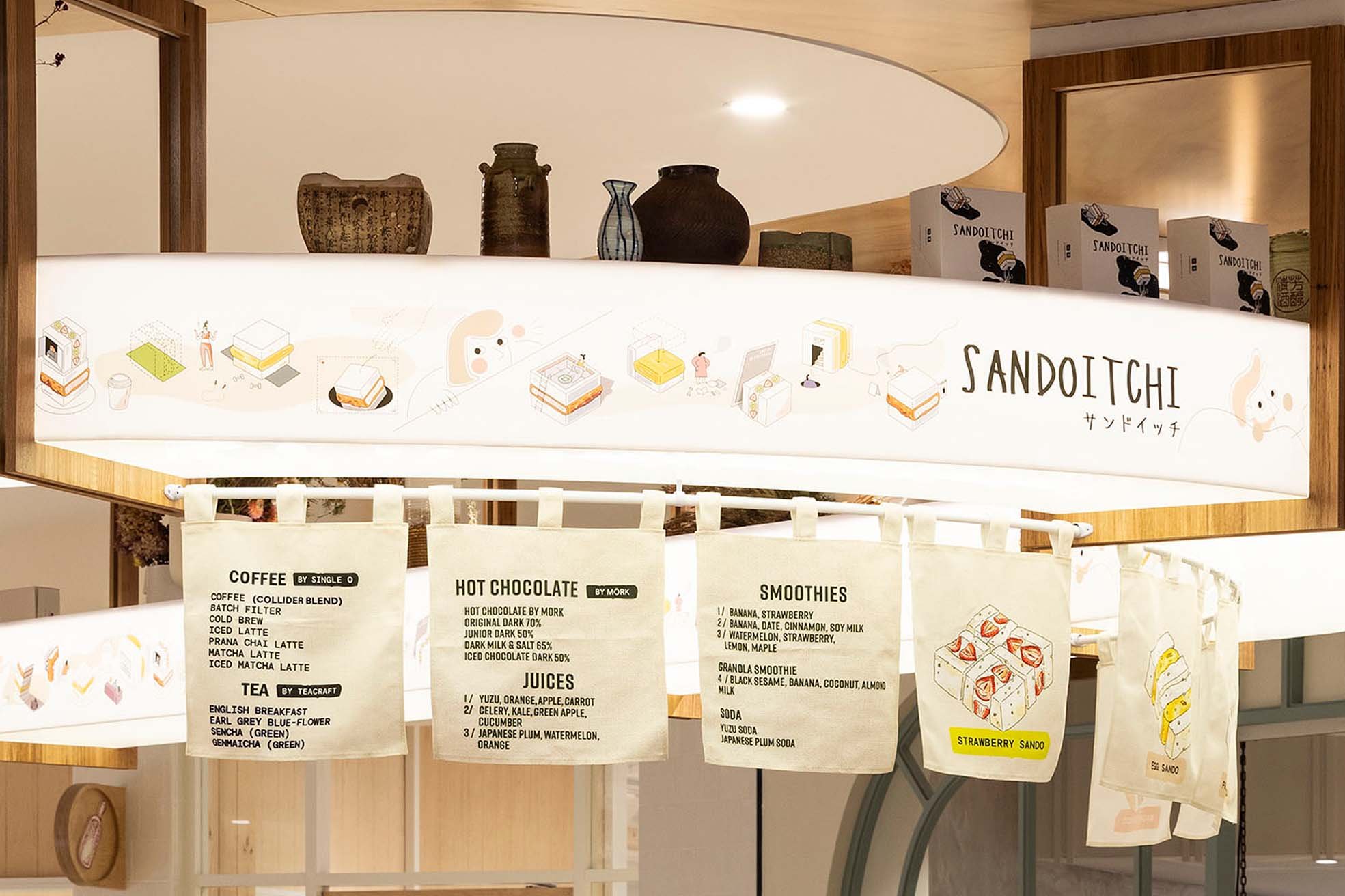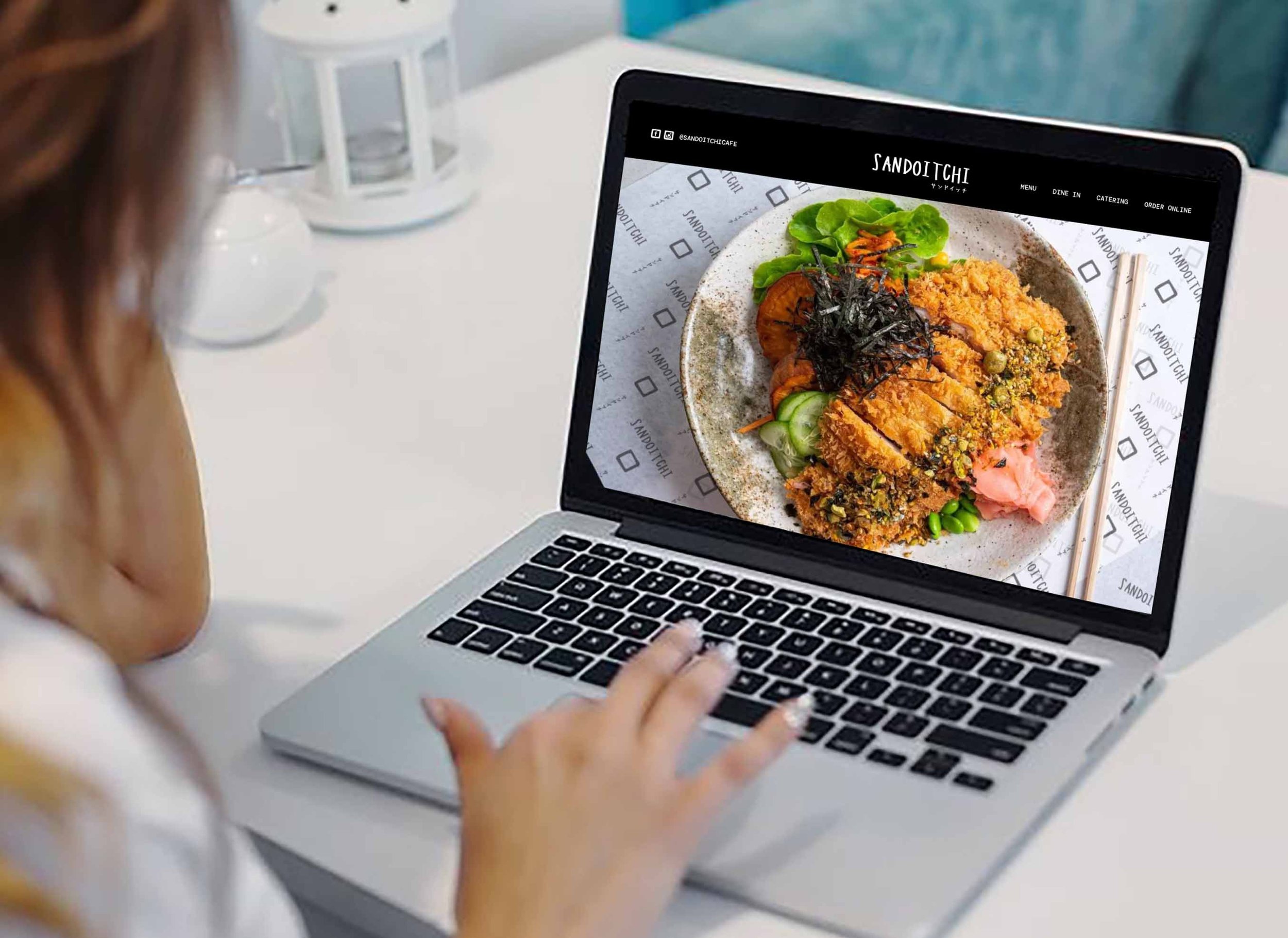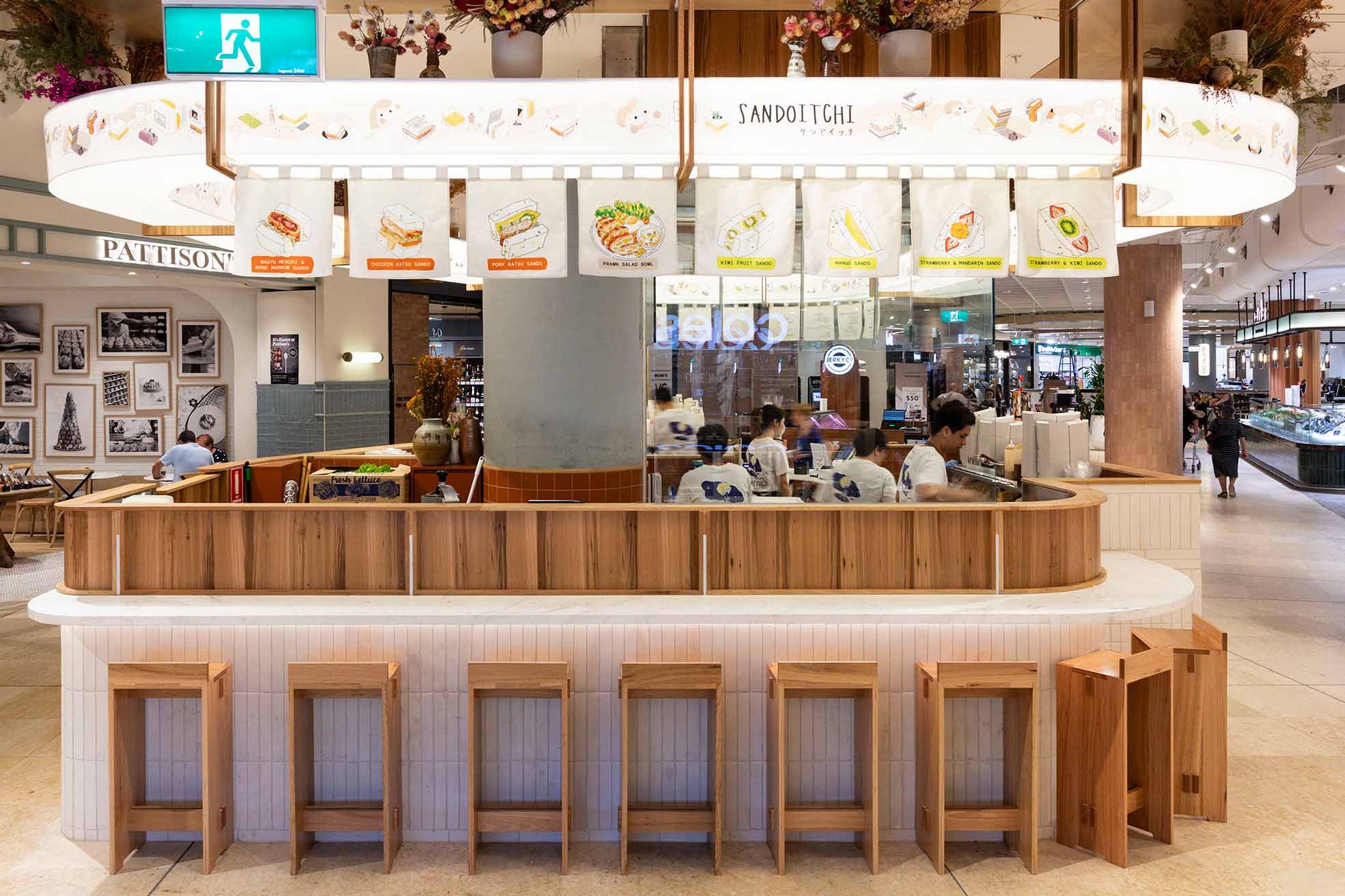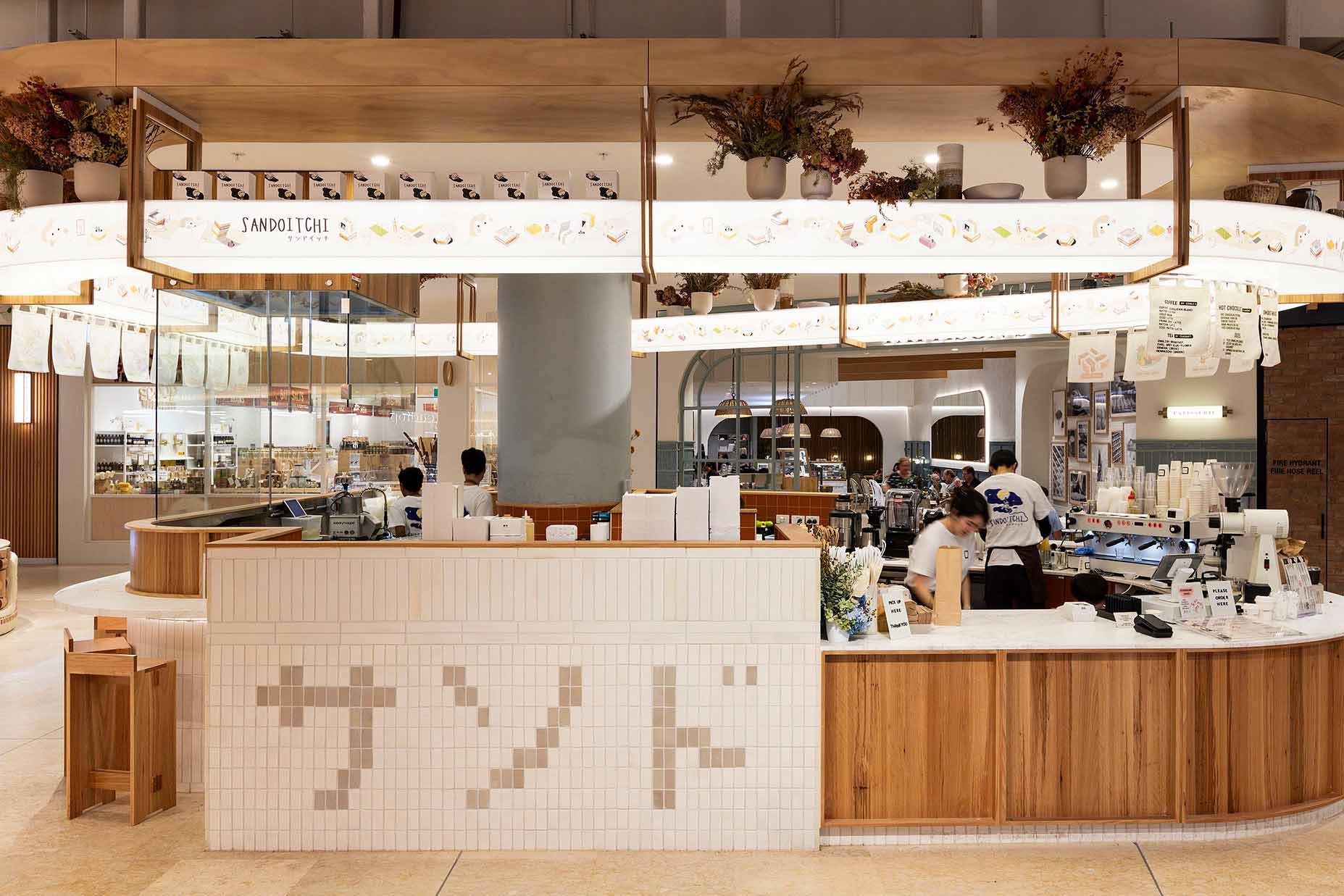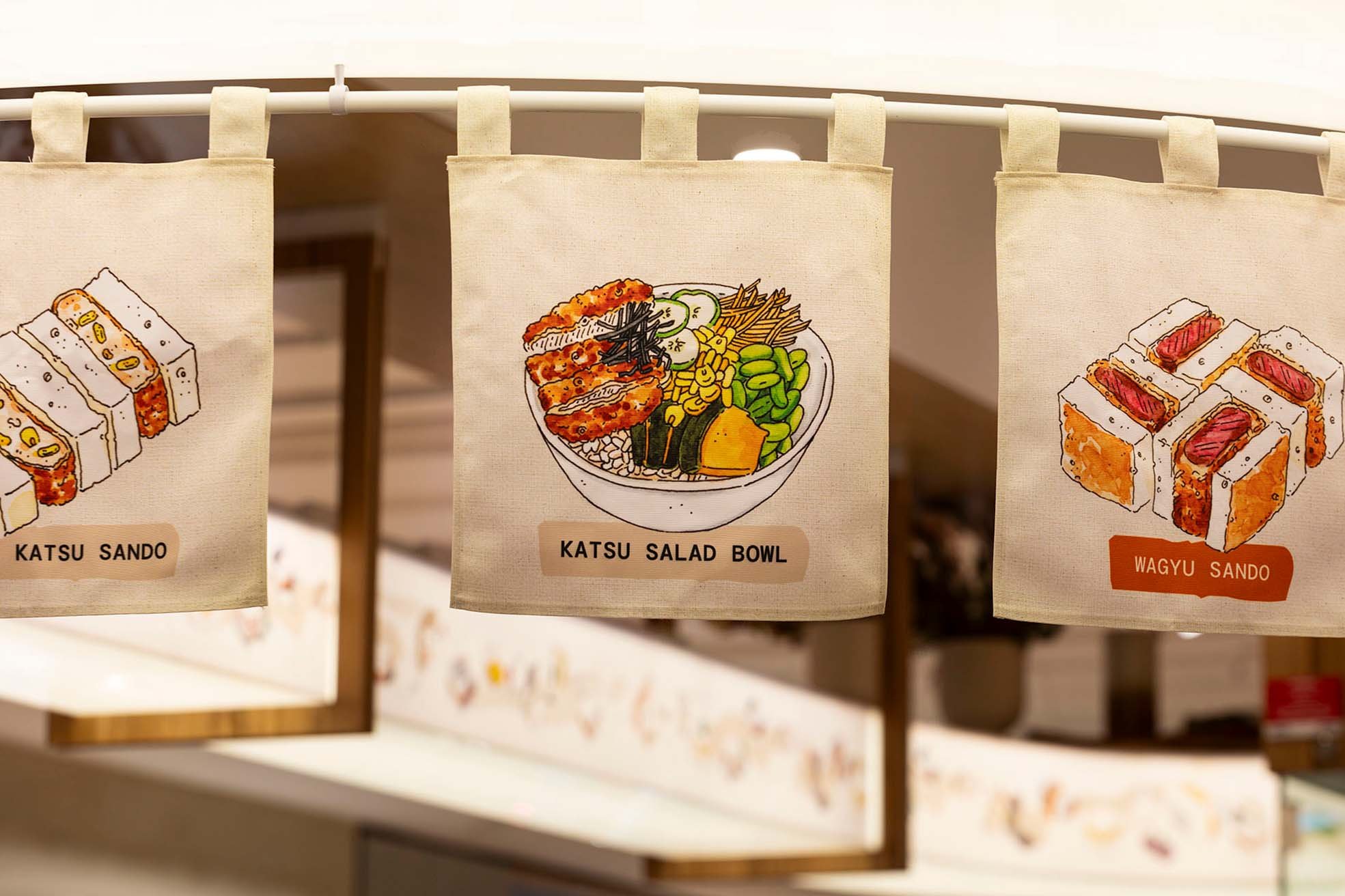From Clicks to Bricks: Blending Online Influence with Physical Retail
In 2025, the divide between digital and physical retail has officially dissolved. Customers don’t think in channels. They think in experiences. Whether scrolling on social or stepping into a store, they expect the same clarity, feeling, and brand story at every touchpoint.
For digitally native brands, moving into physical retail is no longer a trend; it’s a strategy. And for traditional brands, building influence online isn’t optional. It’s essential.
At Vie Studio, we design retail spaces that bridge digital and physical. Here’s how brands translate clicks into bricks, and why alignment across platforms is key to conversion.
1. The Store as an Extension of Social
Today’s customer has already “met” your brand online. The store just deepens the relationship. In 2025, physical spaces are designed with digital influence in mind, from Instagrammable backdrops to content-ready layouts. Retail is no longer the endpoint of discovery; it’s the next chapter.
Design strategies we’re implementing:
Focal walls, feature moments, and textures that photograph beautifully
Flexible layouts that allow for social activations or product drops
Seamless continuity in tone, typography, and messaging from web to in-store
The store isn’t competing with online; it’s completing it.
2. Bringing Online Behaviour into Physical Space
What customers love online, personalisation, quick navigation, ease of interaction, they now expect in real life. Smart spatial design replicates the logic of digital browsing while elevating it with tactility, scale, and human touch.
What this looks like:
Modular shelving that mimics product filtering (e.g., “Best Sellers,” “New In”)
Integrated digital touchpoints (QR codes, live reviews, curated playlists)
POS experiences that feel as seamless as one-click checkout
When your space thinks like a website but feels like a conversation, you’ve struck the balance.
3. From Browsing to Belonging
Physical retail offers what digital can’t: a sense of place, pace, and presence. In 2025, stores are about more than transactions. They’re about community. Whether it’s a coffee bar, gallery wall, or curated reading nook, brands are creating reasons to stay, not just shop.
We’re designing:
Hybrid zones for community events, workshops, or co-branded pop-ups
Hospitality touchpoints that invite pause (water stations, lounges, scent cues)
Interactive elements that turn passersby into participants
The longer someone lingers, the stronger the brand connection.
4. Space as a Living Brand Canvas
Your store is your most powerful content asset in a world where everything is documented and shared. Designing with storytelling in mind means every surface, light source, and layout choice becomes a visual cue for your brand values.
Key design elements:
Narrative-led zones (e.g., origin story, maker process, brand values)
Lighting that creates depth and rhythm for both in-person and camera capture
Material choices that feel intentional, tactile, and aligned with digital aesthetics
If your space tells a story, your audience will share it.
Final Thought:
Blending online influence with physical retail isn’t about duplication but amplification. When brands design spaces that reflect their digital presence while offering something new, they don’t just drive sales. They build loyalty, community, and cultural capital.
📩 Launching your first store or rethinking your physical experience?
Let’s design a space that bridges clicks and bricks, authentically, intuitively, and beautifully.

